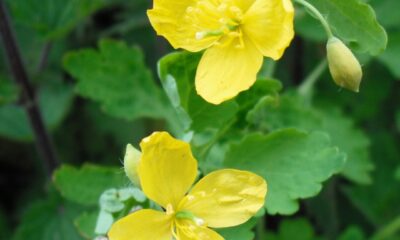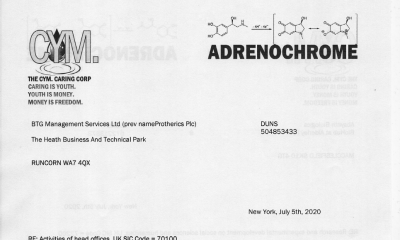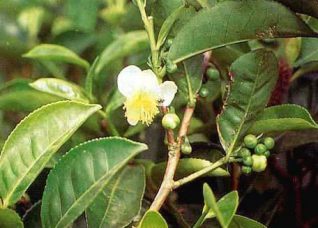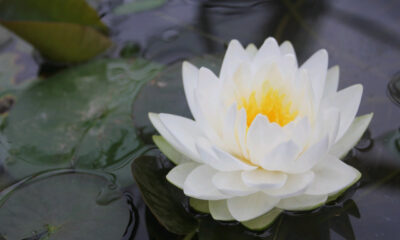Life 2022, 12(4), 479; https://doi.org/10.3390/life12040479
by Eliana B. Souto 1,2,*,Alessandra Durazzo 3,Amirhossein Nazhand 4,Massimo Lucarini 3,Massimo Zaccardelli 5,Selma B. Souto 6,Amelia M. Silva 7,8,Patricia Severino 9,10,11,Ettore Novellino 12 andAntonello Santini 12,*
1 Department of Pharmaceutical Technology, Faculty of Pharmacy, University of Coimbra, Pólo das Ciências da Saúde, Azinhaga de Santa Comba, 3000-548 Coimbra, Portugal
2 CEB-Centre of Biological Engineering, University of Minho, Campus de Gualtar, 4710-057 Braga, Portugal
3 CREA-Research Centre for Food and Nutrition, Via Ardeatina 546, 00178 Roma, Italy
4 Department of Biotechnology, Sari Agricultural Science and Natural Resource University, 9th km of Farah Abad Road, Sari 48181 68984, Mazandaran, Iran
5 CREA-Research Centre for Vegetable and Ornamental Crops, Via Cavalleggeri 25, 84098 Pontecagnano (Salerno), Italy
6 Department of Endocrinology of Braga Hospital, Sete Fontes, 4710-243 São Victor, Braga, Portugal
7 Department of Biology and Environment, University of Trás-os-Montes e Alto Douro (UTAD), Quinta de Prados, P-5001-801 Vila Real, Portugal
8 Centre for Research and Technology of Agro-Environmental and Biological Sciences (CITAB), University of Trás-os-Montes e Alto Douro (UTAD), Quinta de Prados, 5001-801 Vila Real, Portugal
9 Industrial Biotechnology Program, University of Tiradentes (UNIT), Av. Murilo Dantas 300, 49032-490 Aracaju, Brazil
10 Tiradentes Institute, 150 Mt Vernon St., Dorchester, MA 02125, USA
Received: 14 May 2020 / Revised: 26 June 2020 / Accepted: 10 July 2020 / Published: 16 July 2020
Abstract
Medicinal plants are used worldwide due to their lower risk of side effects and eco-friendly, cost-effective production when compared to chemical drugs, encouraging researchers to further exploit the therapeutic potential of the former. One of the most popular medicinal plants is Vitex agnus-castus L., grown in tropical and sub-tropical regions, to which different health benefits have already been attributed. In this perspective article, the in vitro and in vivo therapeutic properties of V. agnus-castus L. have been analyzed and reviewed with a special focus on its health-promoting effects and potential nutraceutical applications.
Keywords: chaste tree; Vitex agnus-castus L.; bioactive compounds; in vitro studies; in vivo studies; nutraceuticals; health-promoting properties.
1. Introduction
Medicinal wild plants and herbs have been considered worldwide for centuries as valuable tools in the management of different diseases, due to their ease of use and improved cost-effectiveness when compared to chemical remedies obtained from synthesis [1]. Plants have recently been exploited for nutraceutical purposes, as they play a key role in the development of food and plant-derived phytocomplexes with medicinal properties, to be used in health conditions as preventive or curative tools [2,3,4,5,6,7,8,9,10,11,12,13,14,15,16,17,18,19,20,21,22,23]. A popular medicinal plant with recognized beneficial effects on human health is Vitex agnus-castus L., belonging to the Lamiaceae family (formerly included in the Verbenaceae family), native to the Mediterranean area and diffused in Europe, Asia, and North Africa [24,25]. It has been used by people in Italy, Iran, Greece, and Egypt for over 2500 years, mainly to treat gynecologic disorders [26]. It is a globally famous plant known by different names, e.g. Fruit de gattilier (French), Sauzgatillo (Spanish), Mönchspfefferfrüchte (German), Panj-angosht (Persian), Frutto di Agnocasto (Italian), and Chaste tree (English) [27].
The term agnus-castus combines the Greek (ἀγνοῦς, meaning pure, chaste) and the Latin (castus from “castitas” meaning chastity), repeating the term chaste for “pure”, which refers to the anaphrodisiac properties of this plant and its use by monks to maintain celibacy (thus the “monk’s pepper” synonym). The word “castus” has been used for centuries to remark further the meaning or purity associated with this plant. Homer, the semi-legendary author of the Iliad and the Odyssey epic poems, defines agnus-castus as a “tendril for braiding”, explaining the origin of the genus “Vitex”. Dioscorides, the Greek physician, used to suggest V. agnus-castus to decrease libido. Pliny the Elder, the famous Roman author, naturalist, and natural philosopher, commented that this herb was scattered on the beds of Athenian women when husbands went to war to ensure their loyalty. Pietro Andrea Mattioli, an Italian physician and botanist of the XVI century, commented in his text “Compendium de Plantis Omnibus una cum Earum Iconibus” (1571) with reference to the properties of V. agnus-castus L. that: “… it forces the impulses of Venus when eaten either fried or raw … …..it is believed that not only eating or drinking it will make chaste men but even lying on it …”. V. agnus-castus is also known as “monk’s pepper” since the fruits of this plant have a bitter taste, and the plant used to be cultivated by monks in their gardens as an anaphrodisiac, according to a legend, to help them not betray their vow of chastity.
Vitex agnus-castus L. fruits have been traditionally consumed as food to enhance milk volume and to treat flatulence and diarrhea as well as cyclic breast pain, menopause, acne, infertility, premenstrual dysphoric disorder and other menstrual disorders (amenorrhea, dysmenorrhea) [28].
The European Medicines Agency and the German Health Commission have reported many health benefits of this medicinal plant, including regulation of the menstrual cycle and treatment of premenstrual syndrome, and mastalgia [29]. This paper is focused on a perspective analysis of the health-promoting effects of V. agnus-castus L. and its nutraceutical potential. There are many reported data on the different beneficial health-promoting potentials of this plant, including antioxidant, immunomodulatory, cytotoxic, antimutagenic, antimicrobial, antifungal, antinociceptive, opioidergic, antiepileptic, and anti-inflammatory properties, as well as benefits for osteopenic syndromes, as shown in Figure 1 [30,31,32,33,34].
References:
https://www.mdpi.com/1999-4907/11/7/761/htm


 Alternative Health2 years ago
Alternative Health2 years ago
 Life Force Network2 years ago
Life Force Network2 years ago
 Alternative Health1 year ago
Alternative Health1 year ago
 Life Force Network2 years ago
Life Force Network2 years ago
 Alternative Health2 years ago
Alternative Health2 years ago
 Military2 years ago
Military2 years ago



















